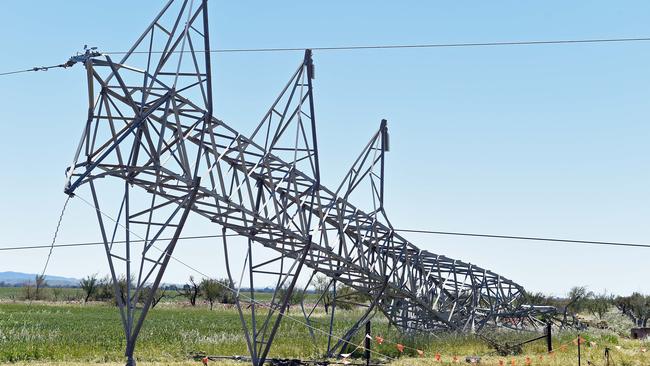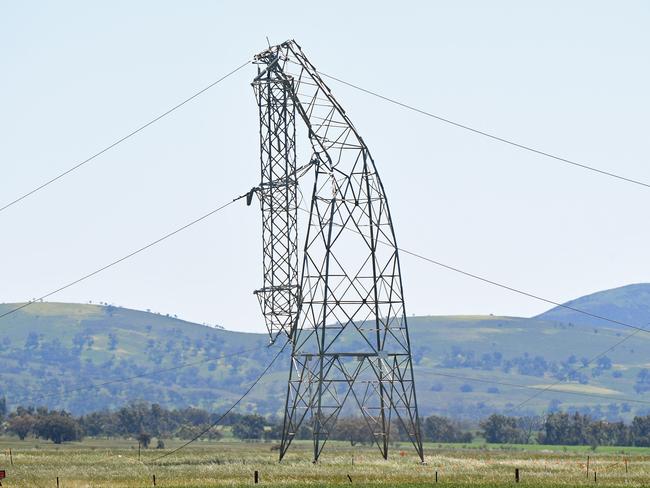Final report reveals the causes of South Australia’s statewide blackout
A FINAL report into South Australia’s statewide blackout has been released today that highlights what authorities need to do to keep the lights on.

AUSTRALIA’S electricity system needs to adapt to the increasing use of renewable energy, a final report into South Australia’s statewide blackout has found.
The Australian Energy Market Operator has highlighted valuable lessons and challenges identified following the blackout of September 28, which cut power to 850,000 customers in South Australia.
While the Federal Government was keen to blame the state’s reliance on renewable energy for the blackout, AEMO said two tornadoes were the likely cause of five electrical faults that happened before the network went down.
The state was left without electricity for hours when the tornadoes brought down three major transmission lines in the state’s north.
But AEMO’s investigations found nine of the state’s 13 wind farms did switch off because they were unable to withstand voltage disturbances.
This ultimately caused faults in the system that caused the blackout because it overloaded the Heywood interconnector, which provides SA with electricity from Victoria.
In a previous report, AEMO revealed a protection feature built-in to some wind farms, which the agency was not aware of before the blackout, caused some of them to reduce their output after a certain number of voltage dips.
In its fourth, and final report released today, AEMO said changes had already been made to wind turbine settings so the problem wouldn’t happen again. This would likely have avoided September’s statewide blackout.
It concluded that having access to correct technical information about electricity sources was critical for system security.
There have also been new restrictions placed on the interconnector so that if it did go down again, it wouldn’t have such a big impact on the system.
AEMO said there were also some other factors that also needed to be addressed.

More capacity may need to be added to improve inertia, frequency and voltage control. This will enable AEMO to perform automatic load shedding within seconds, cutting power to smaller numbers of homes and avoiding a broader blackout.
As the energy mix continues to change, AEMO said it was no longer appropriate to rely on traditional sources of electricity generation to keep the system balanced, and authorities must consider increasing stability through other means such as adding more renewables or load shedding.
AEMO is already working with the Australian Renewable Energy Authority (ARENA) on trials for promising new technologies, starting with the use of the new Hornsdale Stage 2 wind farm to stabilise the grid.
“The technical challenges of the changing generation mix must be managed with the support of efficient and effective regulatory and market mechanisms, to ensure the most cost-effective measures are used in the long-term interest of consumers,” the report said.
AEMO said the introduction of more renewable energy sources meant the system had more “non-synchronous” electricity and inverter-connected plant that had different characteristics to older types of technology.
These differences needed to be understood and factored into how Australia’s electricity system is managed.
AEMO’s 19 recommendations include assessing options for improved forecasting of weather conditions that could lead to high winds, which may force turbines to cut out due to excessive speeds.
It will also consider developing a new process to manage the way generators are classified and improvements to its capacity to restart a particular energy network.
The operator says all the recommendations will be implemented by December.



